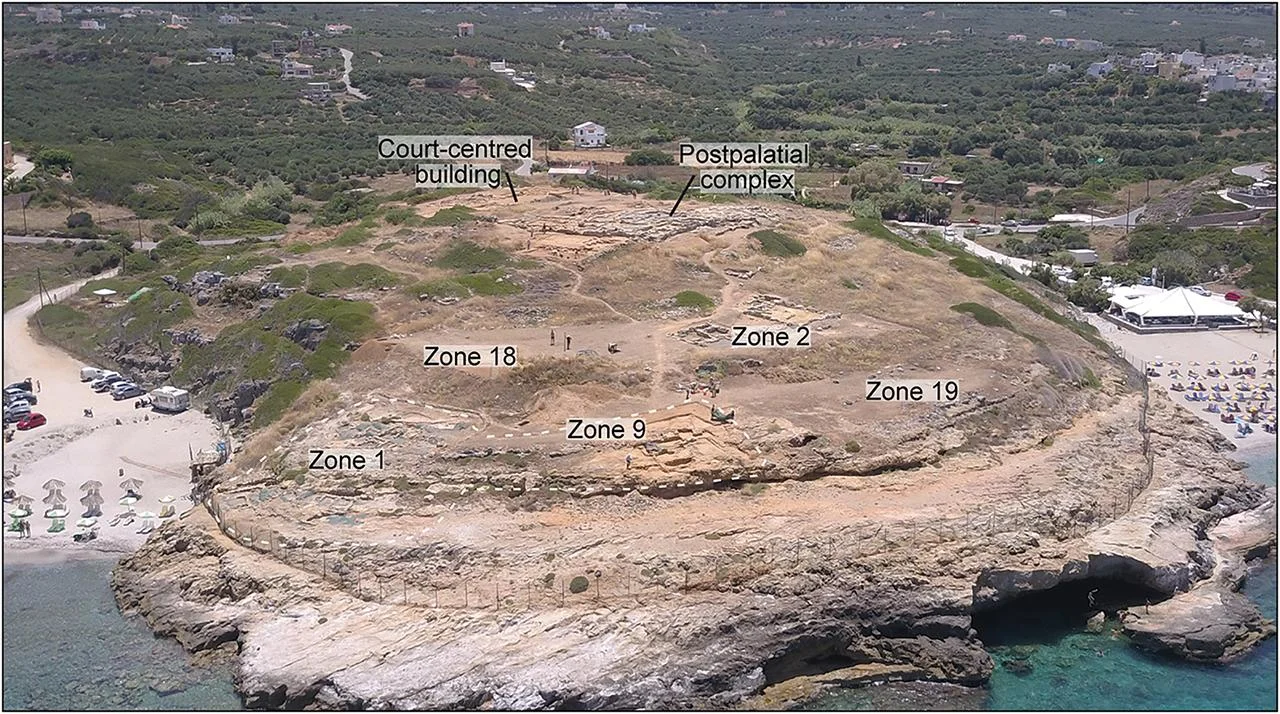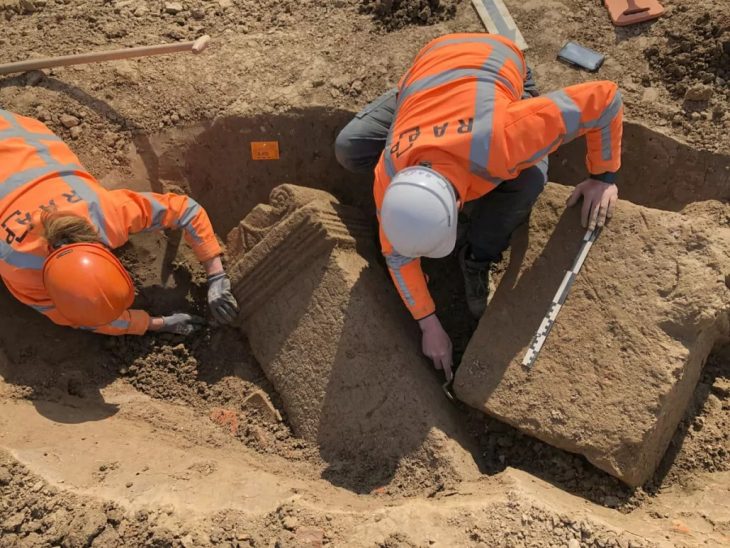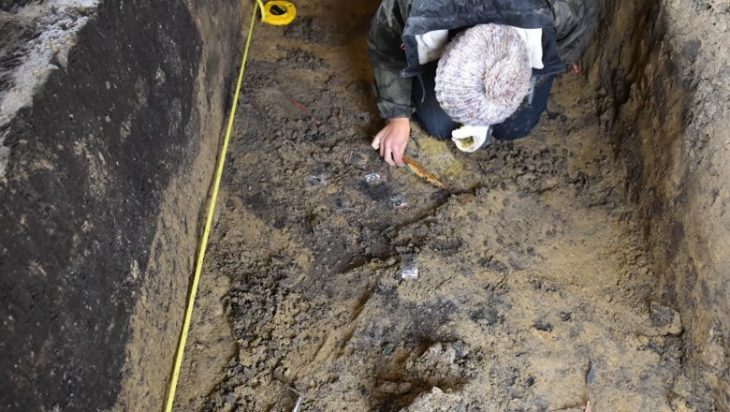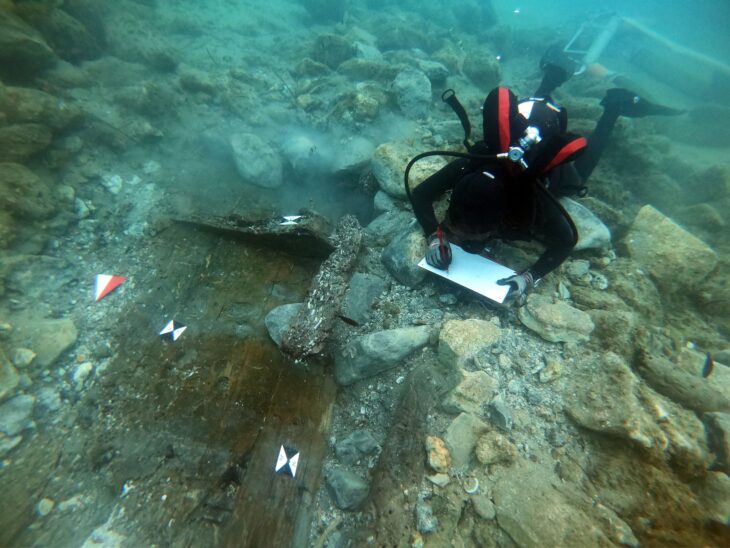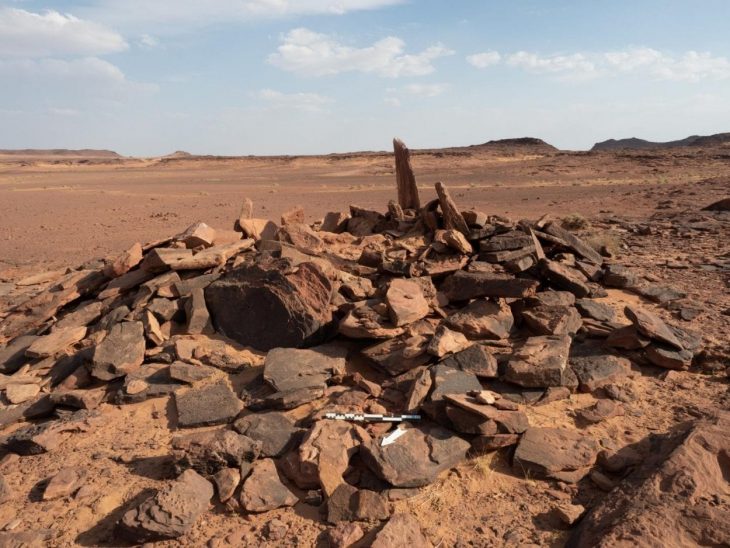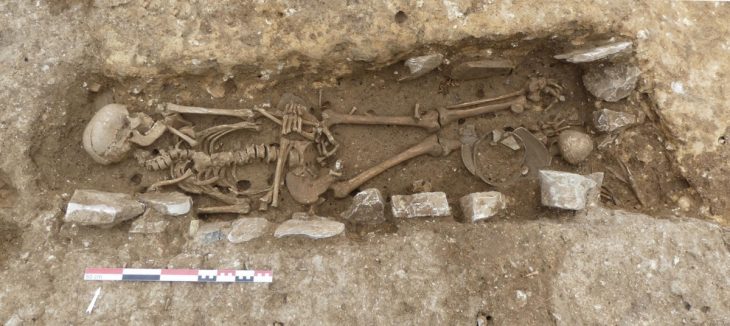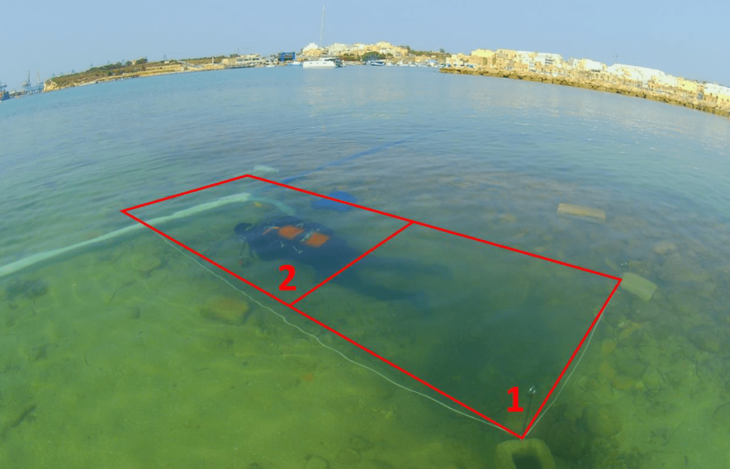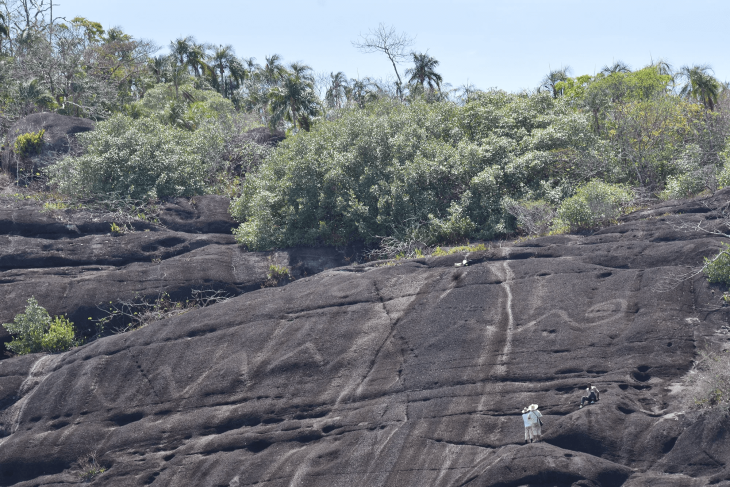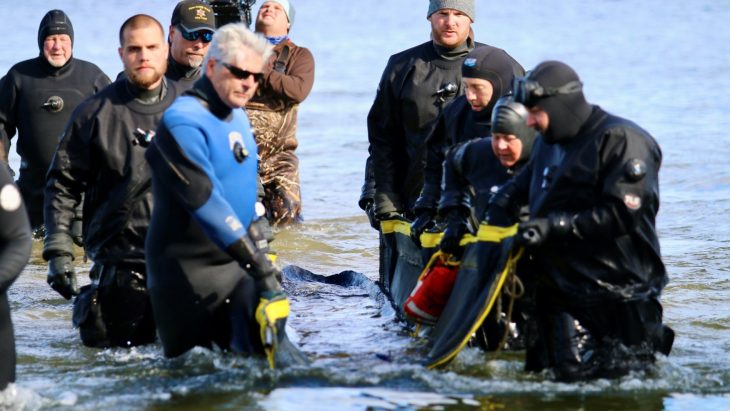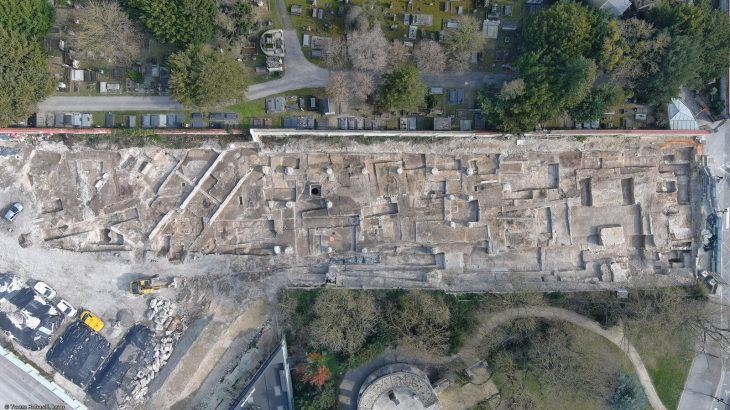An international team of archaeologists has unveiled a remarkable ritual practiced by the ancient Cretans, revealing how they symbolically “killed” their dead.
In a paper recently published in the journal Antiquity, researchers studied the Sissi cemetery, where around 3,800 years ago, the local community gathered in a symbolic and carefully orchestrated ceremony to “kill” their collective tombs. This act was not one of vandalism or neglect but rather a public ritual that signified the end of an epoch shaped by centuries of communal burial traditions that had defined Cretan life.
The Belgian School at Athens has led excavations at the Sissi site since 2007. In the cemetery’s “Zone 9,” archaeologists discovered remnants of a unique ceremony. The final burials involved placing the last deceased in small pits and ceramic vessels, followed by the deliberate dismantling of the tomb walls. Some remains were partially crushed to level the ground, culminating in a grand communal feast. Thousands of pottery fragments, including cups and kitchen plates, were uncovered, all dating to around 1700 BCE. This layer of debris is not mere refuse; it represents the remnants of a significant ritual gathering, marking the end of an era.
After the feast, the site was sealed with a layer of soil and stones, symbolically entombing the collective memory of the tombs. Remarkably, later generations respected this space, refraining from disturbing it, indicating a continued reverence for the site’s sacred nature.

This ritual process was not confined to Sissi. Comparable termination rites have been discovered in other locations across Crete, such as Moni Odigitria and Kephala Petras, where tombs were emptied, filled with stones, or sealed off, sometimes accompanied by their own feasting rituals. However, not all Minoan cemeteries concluded with such dramatic acts; many simply fell out of use, though they were occasionally visited for non-funerary rites.
During the Middle Bronze Age (around 2050–1600 BCE), Crete was undergoing significant transformation. The rise of palatial centers like Knossos led to a trend toward centralization and individual status. As people became integrated into broader networks of political and religious activity, local practices like family tombs lost their social significance. New ritual sites—mountain sanctuaries, caves, and palace-centered courtyards—began to replace cemeteries as focal points for community gatherings.
The research team noted that the abandonment of collective tombs was neither sudden nor uniform. In some areas, usage declined gradually, while in others, like Sissi, dramatic and deliberate closures took place. Recent excavation techniques, such as stratigraphic analysis and osteological studies, have allowed archaeologists to uncover these complex narratives. Earlier digs often lacked such detailed methodologies, which may explain why similar evidence has been overlooked in other sites. As more locations are excavated using these advanced techniques, researchers expect to piece together a more comprehensive understanding of how ancient Cretans responded to the social upheavals of their time.

In addition to the findings at Sissi, the study highlights how the ancient Cretans symbolically “killed” their dead through carefully planned rituals. This act was not violent but rather a means of closing a chapter in their history. The Cretans, who had traditionally buried their dead in collective tombs—large rectangular or circular structures where generations of the same family rested—began to abandon these practices around 1900 BCE in favor of more discreet burial methods.
The Sissi cemetery, excavated since 2007, tells a different story than previously believed. What sets the Sissi discovery apart is the meticulous documentation and modern archaeological techniques employed, including bone analysis and stratigraphy. These methods have enabled researchers to reconstruct the sequence of events leading to the ritual closure, providing a clearer understanding of the cultural practices of the Minoans.

Ultimately, the Sissi discovery underscores the idea that the Minoans were not a monolithic culture but rather a mosaic of communities with diverse traditions. While some groups resisted change by clinging to old customs, others, like those in Sissi, embraced transformation through ceremonial acts. These rituals were not solely about the dead; they were also about the living, providing a way for communities to come together in the face of uncertainty and to assert their evolving identity.
Déderix S, Schmitt A, Caloi I. The death of collective tombs in Middle Bronze Age Crete: new evidence from Sissi. Antiquity. Published online 2025:1-19. doi:10.15184/aqy.2025.38
The archaeological site of Sissi, seen from the north. The white dotted line indicates the limits of the cemetery (Zones 1 & 9) Credit: Belgian School at Athens, N. Kress). Credit: S. Déderix et al., Antiquity (2025)

